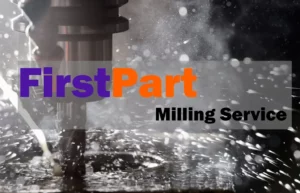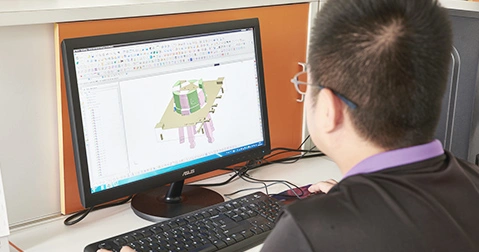Texture and surface finish plays a crucial part in the overall perception and quality of injection molded parts. The decision on what type of texture to be used, as well as when to texture requires close communication between product designer and molder. Surface texture can also provide functional purposes, aiding handling and other performance aspects of your parts. Here’s why and three of the most common ways to texture your parts.

SPI Surface Finish Categories
The Society of Plastic Industry (SPI) defined 4 standard categories of surface texture in injection molding operations. These grades are denoted from A to D, ranked according to their levels of finish, gloss and standard.
Grade A finishes are the highest standard finish. They are very glossy with flat product surfaces. It is achieved with diamond buffing, giving the finished molded parts with impeccable texture. Grade B finishes are next in line. They are achieved with sandpaper of different grits, and have a semi-gloss finish. This option is great for hiding machine marks. There are 320, 400 and 600 grits, suitable for textured, mid-range and finest finishes respectively.
The Grade C finish is achieved with grit sanding stones. The concept is similar to that of sandpapers, but have a more aggressive touch, allowing it to create rougher textured finishes than the Grade B options. Last of all, Grade D is a finish accomplished with pressure and media blasting. Here, glass, sand and even water can be directed at the surface of the molded part to provide dull or flat finishes.

Functionality vs Aesthetics
Functionality and aesthetics are the two most relevant factors to be considered when texturing injection molded parts. Aesthetics elevate the cosmetic value of the part while functionality is more around the usability of the part. Textured finishes are valuable in injection molded parts as they can hide many production flaws like sink, shadow, blush, knit lines and other cosmetic defects.
Textures can be designed to make undercuts. They serve other functional purposes like improving paint adhesion, grip, usability, safety, and sticker adhesion. When injection molded parts are textured they help trapped gasses escape quicker and eliminate plastic flow creases.
3 Ways to Texture Injection Molding
1. Sanding and Polishing
Sanding and polishing are used to remove the minor imperfections, tool marks and cosmetic flaws in injection molded projects. These imperfections arise as a result of rough machining of the mold tool, and may be removed with sandpapers, abrasives, diamond burrs, files and other media.
The texture produced after sanding and polishing can be glossy, mirrored, coarsely grained, semi-glossed or rough. Sanding and polishing must be done skillfully to prevent expansion of the mold tool dimensions.

2. Media Blasting
Media blasting is a texturing technique achieved with the direction of dry or wet abrasive media (sand, glass, aluminum oxide, plastic beads, shells) against the tool wall under high pressure. The level of texture or finish achieved depends on the air pressure, spray pattern, choice of abrasive media and volume.
Media blasting has a relatively shorter leadtime. It sis affordable and gives a great deal of control to ensure precision in imparting uniform matte or satin finish.

3. Laser Etching
Laser etching is an advanced texturing technique that allows almost any pattern to be casted onto any curved surface. The process is very precise thanks to 3D computing and 5-axis motion control. The concept of laser etching allows the product developer map the desired texture with the geometry and contours of the shape. It is widely applied for instances where complex patterns are expected to be spread over a long length with high levels of consistency.
Overall, the process is arduous and expensive, but yields fantastic output. It is often reserved for executions where either price or leadtime is not a constraint.











